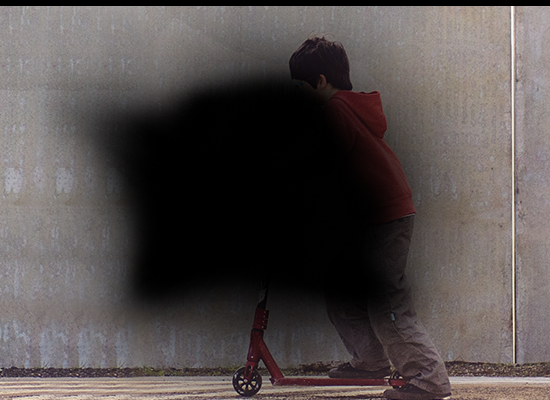In its early stages, Stargardt disease presents changes in the pigmented layer of the retina in the form of round or fish-shaped spots that appear in the field of view.
In advanced stages, macular lesions may be associated with central areolar choroidal dystrophy, resulting in reduced central vision.
What is Stargardt disease?
Stargardt disease, also known as Stargardt macular dystrophy or juvenile macular degeneration, is the most common form of hereditary macular dystrophy, characterized by dysfunction of the retinal cells and reduced visual acuity.
The most common symptoms of Stargardt disease
Stargardt disease usually appears within the first twenty years of life, with obvious symptoms of visual disturbance such as reduced central vision due to scotomatous spots, unusual difficulty perceiving colour (dyschromatopsia), and severe light intolerance (photophobia). Symptoms may appear during daily activities:
- you may have difficulty reading while studying, missing entire words or lines of text;
- you may struggle to focus on the board or notice visual distortions in the classroom;
- you may experience severe eye pain and glaring in open or brightly lit environments;
when walking down the street or a nature path, you may experience difficulty perceiving colour (dyschromatopsia).
Perceptions of people with Stargardt disease
In the initial phase of the disease, disturbances such as grey or foggy specks in the centre of the field of view begin to appear, which gradually degenerate into black spots (scotomas) that severely restrict vision.
Who is susceptible to Stargardt disease?
Stargardt disease is a hereditary disease mainly transmitted in an autosomal recessive form (both parents are healthy carriers), with rarer cases of autosomal dominant transmission (only one parent has the genetic defect).
The incidence of Stargardt disease is estimated to be one in every 8,000 to 10,000 individuals. It typically appears before the age of 20.
Therapeutic solutions for age-related macular degeneration
Therapies that can slow or stop the progression of Stargardt disease are currently being tested, but there are no specific treatments for this disease as yet.
Aids for reduced vision and visual rehabilitation techniques are recommended for people with Stargardt disease.

